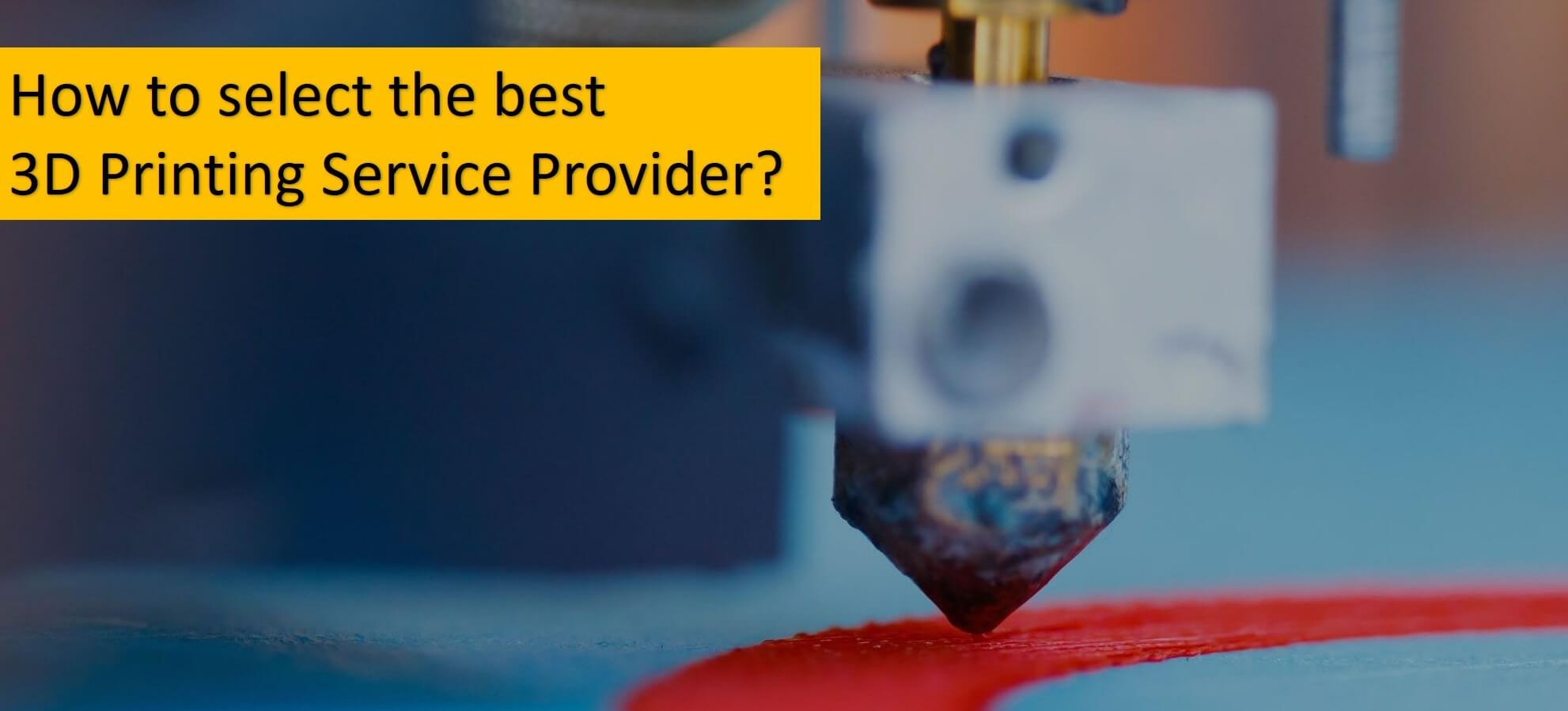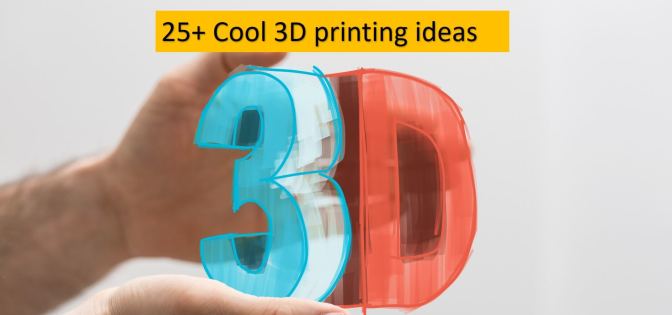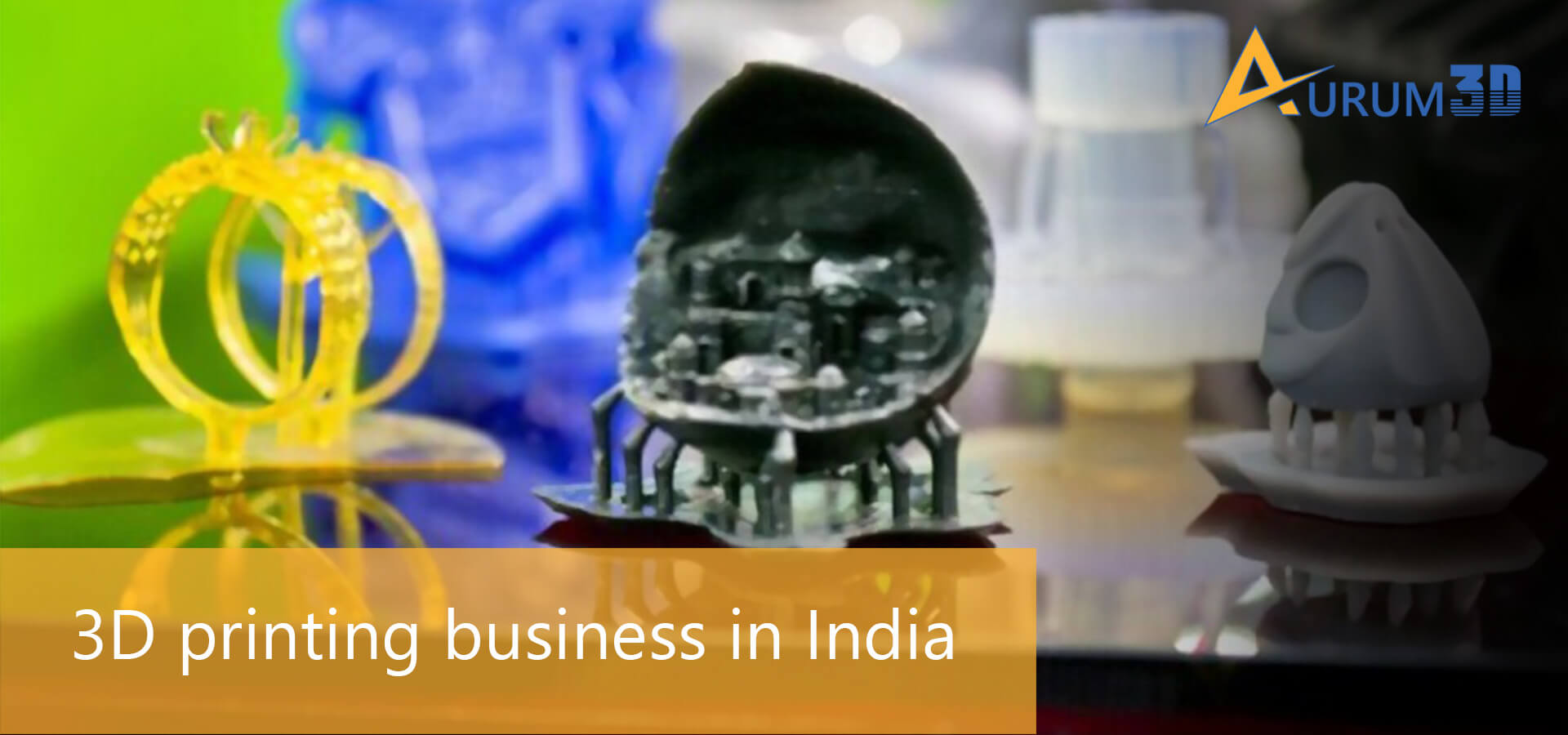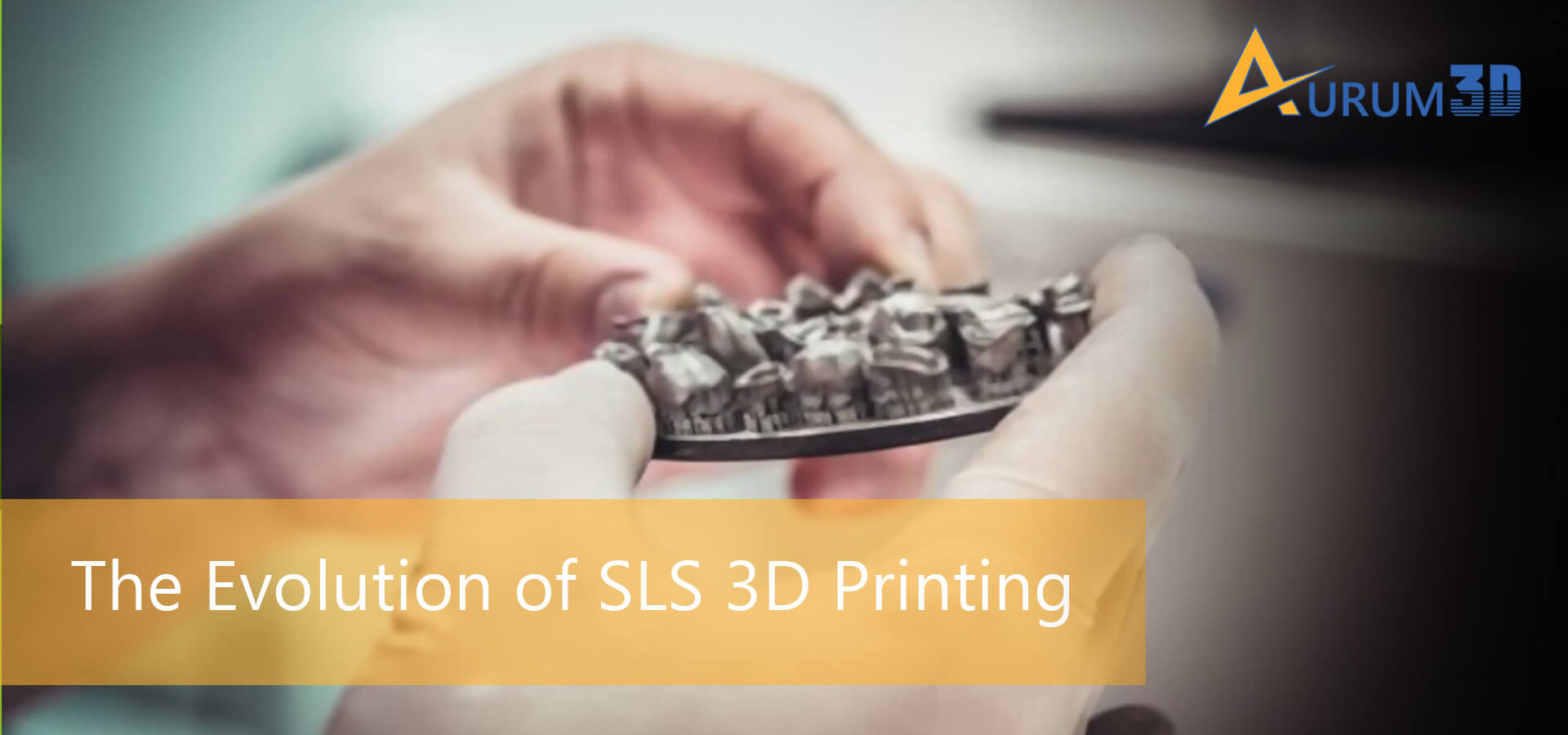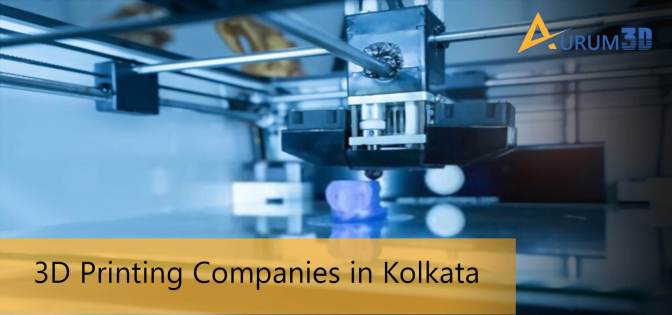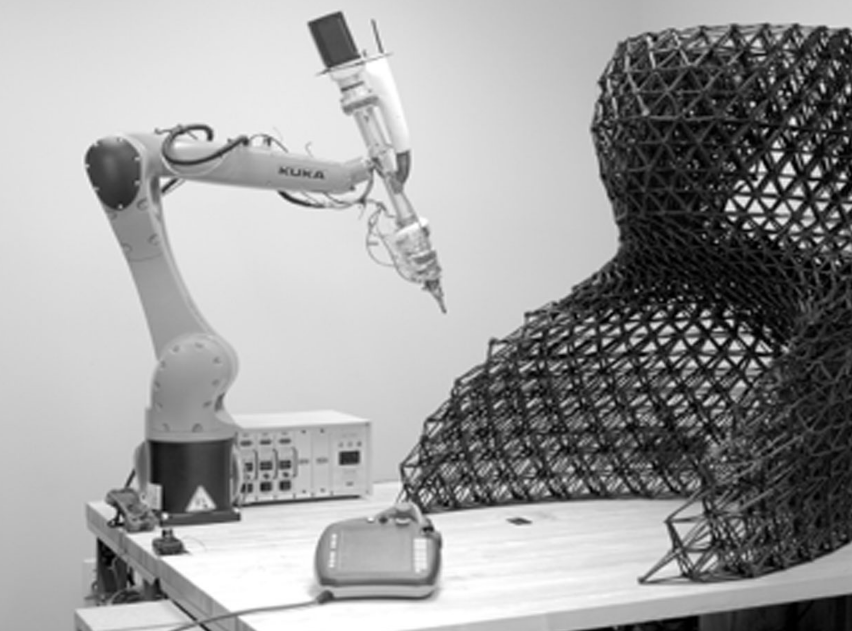While planning manufacturing projects, you have the option to choose from many additive 3D printing technologies.
Some of these 3D printing technologies are more complex than others.
Likewise, some 3D printing technologies are more expensive than others.
Fused Deposition Modeling (FDM)
is one of the simple, fast, and cost-efficient 3D printing
technologies.You can leverage this mature and popular technology to
produce parts of varying types and sizes. Also, you have the option to
choose from a wide range of materials and filaments for FDM 3D printers.
Many companies and startups help you leverage this industrial-grade 3D printing technology in a variety of ways.Some of these enterprises supply FDM 3D printing machines, filaments, and spare parts. At the same time, some of these companies provide FDM 3D printing services.
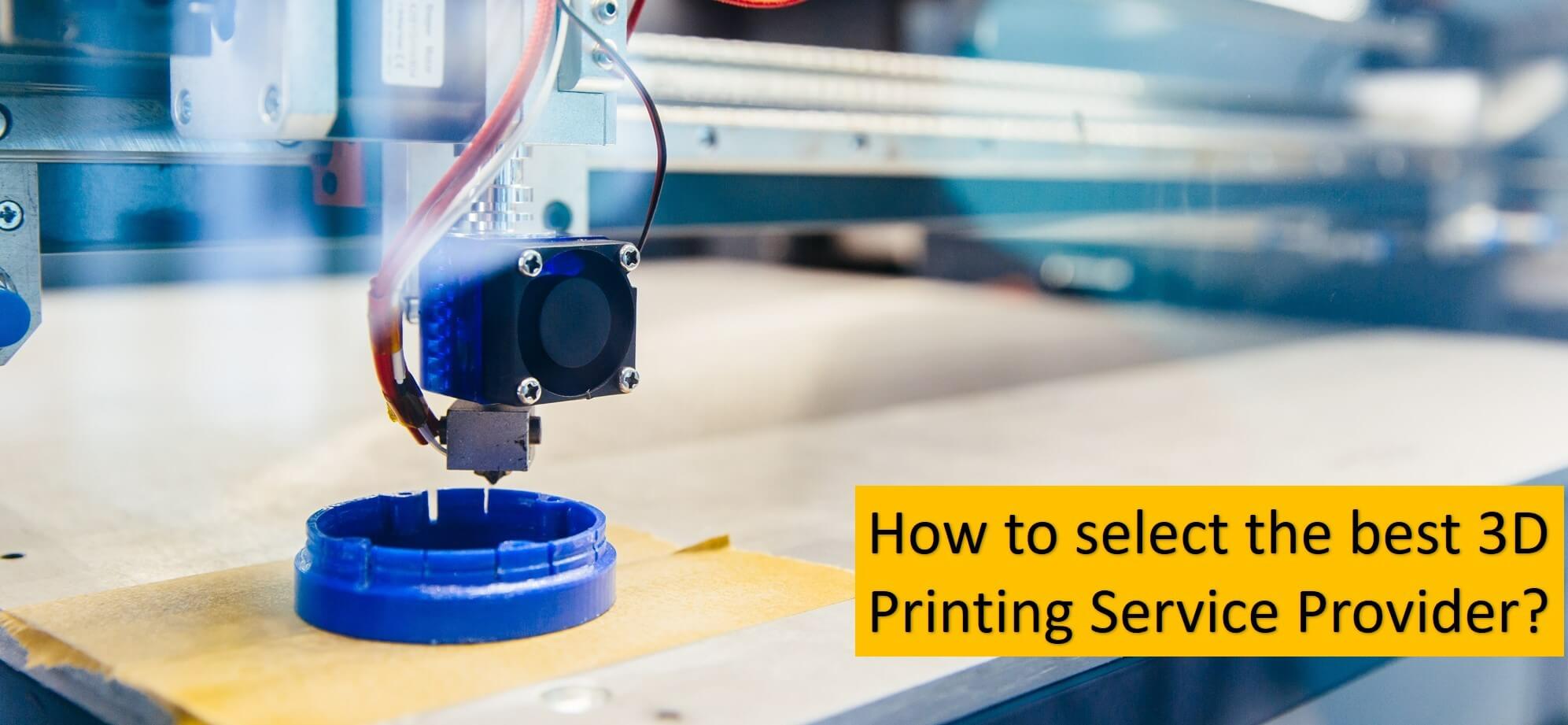
Hence, you can shortlist many FDM 3D printing companies and startups according to your predefined project needs. However, you can partner with the best FDM 3D printing company only by looking for these important things in the shortlisted companies.
9 Things to Look for in the Best FDM 3D Printing Company
1. Part or Prototype
You improve the quality of the part only by choosing the right 3D printing machine and filaments. You can choose the right FDM 3D printer using important parameters like build volume, layer length, and dimensional accuracy.
Likewise, you need to choose the FDM 3D printing materials with specific mechanical properties. Before comparing and shortlisting FDM 3D printing companies, you must define the requirements of the 3D printing projects clearly.
2. FDM 3D Printing Machine
The leading 3D printing companies set up facilities with multiple FDM 3D printers. Also, many 3D printing companies supply different types of FDM 3D printers. Most FDM 3D printers available in the market use Cartesian technology. These 3D printers support smaller build volumes.
But you also have the option to choose FDM 3D printers with robotic hands that can produce large structures like residential and commercial buildings. That is why; you need to invest in an FDM 3D printer that meets the needs of your current and future projects.
3. FDM 3D Printing Materials
The materials for FDM 3D printers can be broadly divided into three categories – consumer, prosumer, and industrial. Industrial filaments are used widely by enterprises due to their superior quality. At the same time, consumer filaments are easier to use than prosumer materials.
The leading FDM 3D printing service providers allow you to choose from a variety of thermoplastic filaments according to your project needs. But you need to purchase the appropriate filaments when you opt for in-house 3D printing.
4. Designing Assistance
FDM 3D printers create parts based on digital 3D models. You can create digital 3D models using CAD software. But 3D printers require you to describe the part’s surface geometry in Standard Tessellation Language (STL) language.
You can create a CAD file and convert it into an STL file using several software applications. But you should check if the best FDM 3D printing company provides 3D designing and modeling services if you are not familiar with the software.
5. Industry Expertise
Most companies and startups provide online FDM 3D printing services. But some of the companies have built a reputation by providing FDM 3D printing services to companies in the aerospace, automotive, engineering, and medical industries.
If you are planning to 3D-print a niche product it becomes essential to consider the provider’s industry expertise and resources. In addition to evaluating the niche products 3D-printed by the company, you should ascertain its industry reputation by reading customer testimonials and reviews.
6. Lead Time
You can buy FDM 3D printing machines and filaments as well as get FDM 3D printing services over the internet. But the amount of time required for receiving the machines or 3D-printed part varies across 3D printing companies.
While comparing the best FDM 3D printing companies, you must focus extensively on the lead time. It is always important to finalize a company that helps you meet project deadlines by shortening the lead time.
7. Printing Costs
You have to incur both upfront and ongoing expenses when you decide to 3D-print the part on your own. In addition to purchasing an FDM 3D printing machine and filaments, you have to spend money on post-processing activities.
But you can curtail project costs drastically by opting for professional FDM 3D printing services. That is why; the project budget will have a direct impact on the selection of the best FDM 3D printing company. You have to partner with a company without breaking the preset project budget.
8. Customer Support
Customer support is an essential aspect of the FDM 3D printing services. While availing of FDM 3D printing services, you can customize the service by interacting with the provider’s customer service team. Likewise, you need after-sales services to use the FDM 3D printing service in the longer run.
That is why; you must compare the customer support provided by the shortlisted FDM 3D printing company. In addition to checking the nature of after-sales service, you should check if you can contact the company’s customer service executives through multiple communication channels.
9. Business Relationship
You can avail of FDM 3D printing services on demand for a single project or multiple projects. But you need to form a long-term partnership with the best FDM 3D printing company if you are switching from subtractive manufacturing to additive manufacturing.
You
must check the reputation and reliability of the company to ensure that
your partner will meet your organization’s evolving 3D printing needs
over a period of time.
Conclusion
While planning an additive manufacturing project, you have the option to choose from many FDM 3D printing companies and startups. But you can improve the resolution, dimensional accuracy, and surface finish of a part or prototype only by partnering with the best FDM 3D printing company.
Hence, you should shortlist the FDM 3D printing companies and startups according to your precise project requirements. At the same time, it is important to consider these things or parameters to compare the shortlisted companies and select the best company for your project.
References
https://www.sculpteo.com/blog/2015/07/22/3d-printing-marketplace/
https://manufactur3dmag.com/how-to-choose-the-right-3d-printing-service/
https://www.weerg.com/en/global/blog/the-ultimate-guide-to-choosing-the-best-material-for-fdm-3d-printing
https://www.raise3d.com/academy/how-to-choose-a-3d-printer-2022-3d-printer-buying-guide/
